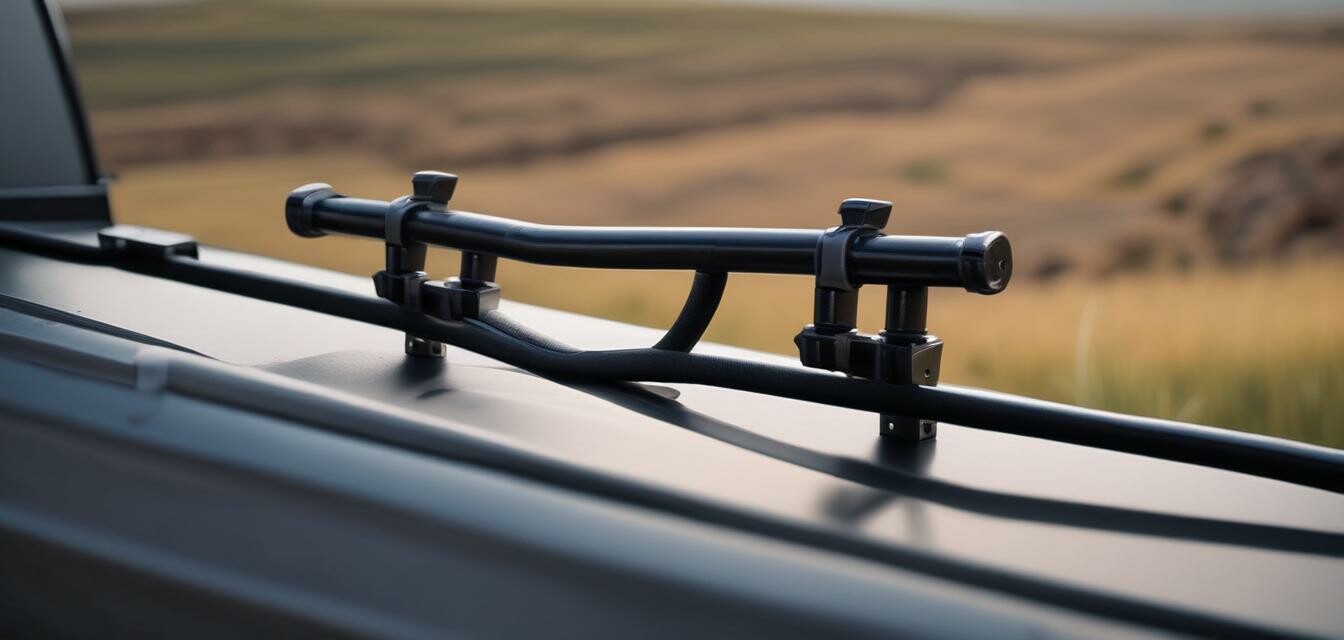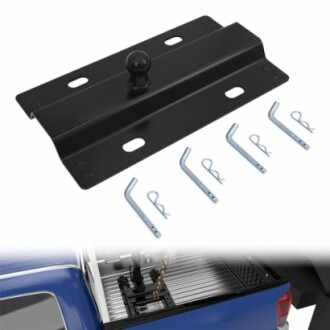
Everything You Need to Know About Gooseneck Hitches
Key Takeaways
- Gooseneck hitches are ideal for towing larger trailers safely and efficiently.
- Installation is relatively straightforward with the right tools and knowledge.
- Understanding the key features and types can guide you to the best hitch for your needs.
- Safety and compatibility with your vehicle are crucial when selecting a gooseneck hitch.
Gooseneck hitches are an essential tool for anyone looking to tow large trailers. This guide will walk you through the benefits, types, and installation tips for gooseneck hitches, ensuring you have all the information needed to make an informed purchase.
What is a Gooseneck Hitch?
A gooseneck hitch is a type of towing apparatus fitted into the bed of pickup trucks, offering enhanced stability and weight distribution when towing heavy loads. It consists of a ball-shaped coupler that attaches to a corresponding ball mounted in the truck bed, allowing for tight turns and increased control.
Benefits of Using Gooseneck Hitches
- Increased Tow Capacity: Capable of towing heavier loads compared to traditional hitches.
- Stability: Provides better stability during transport, reducing trailer sway.
- Versatility: Can accommodate a variety of trailer types, including livestock and equipment trailers.
- Improved Turning Radius: Allows for sharper turns, which is beneficial for maneuverability.
Types of Gooseneck Hitches
There are several types of gooseneck hitches available, each catering to different towing needs:
| Type | Description |
|---|---|
| Fixed Gooseneck Hitch | These provide a permanent installation option, ideal for frequent towing. |
| Rotating Gooseneck Hitch | Allows the hitch ball to turn and pivot, enhancing maneuverability. |
| Fifth Wheel to Gooseneck Adapter | Converts fifth-wheel hitches to gooseneck hitches, increasing versatility. |
Essential Features of Gooseneck Hitches
When shopping for a gooseneck hitch, consider the following key features:
- Weight Capacity: Ensure it meets your towing requirements.
- Installation Ease: Look for designs that simplify the installation process.
- Durable Construction: A powder-coated finish helps extend the life of the hitch.
Universal 30,000 lbs Gooseneck Ball Plate
This versatile gooseneck ball plate can be used with any standard fifth-wheel track, ideal for towing various trailers safely.
Learn MoreInstallation Tips
Installing a gooseneck hitch can be done with the right tools and understanding. Here are steps to guide you through the installation process:
- Gather necessary tools including wrenches, drills, and safety gear.
- Remove any existing bed lining or cover that may obstruct installation.
- Position the hitch according to the manufacturer's instructions.
- Ensure that all mounting holes are precisely aligned and then drill as needed.
- Secure the hitch in place with lag bolts, ensuring everything is tight and secure.
- Reinstall the bed lining if applicable and perform a safety check.
Safety Considerations
When using a gooseneck hitch, safety should be your priority. Here are a few important considerations:
- Always verify the weight limits of your trailer and hitch.
- Ensure the hitch is properly installed before any towing.
- Regularly inspect the hitch for wear and tear.
Conclusion
Gooseneck hitches are a reliable solution for those looking to tow large loads with confidence. By understanding the types, features, and installation processes, you can make informed decisions that enhance your towing experience. For more information, refer to our detailed guides on trailer hitches and buying guides for specific needs. Each step towards knowing your equipment better is a step towards successful towing!
Tips for Beginners
- Start with understanding your vehicle's towing capacity.
- Consult the owner's manual for compatibility.
- Consider professional installation if you are unsure about installation.

